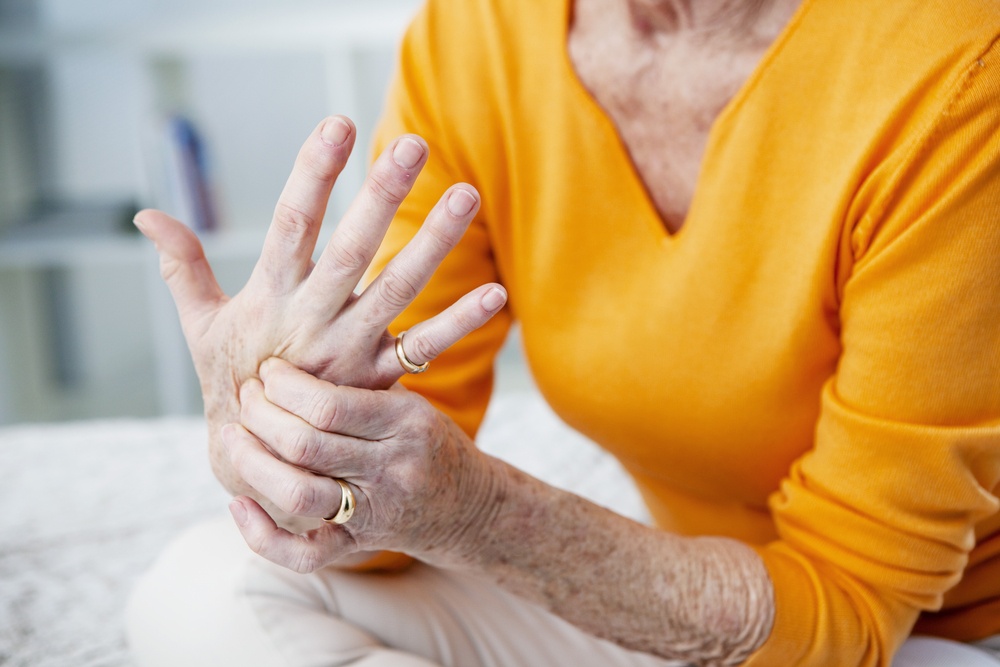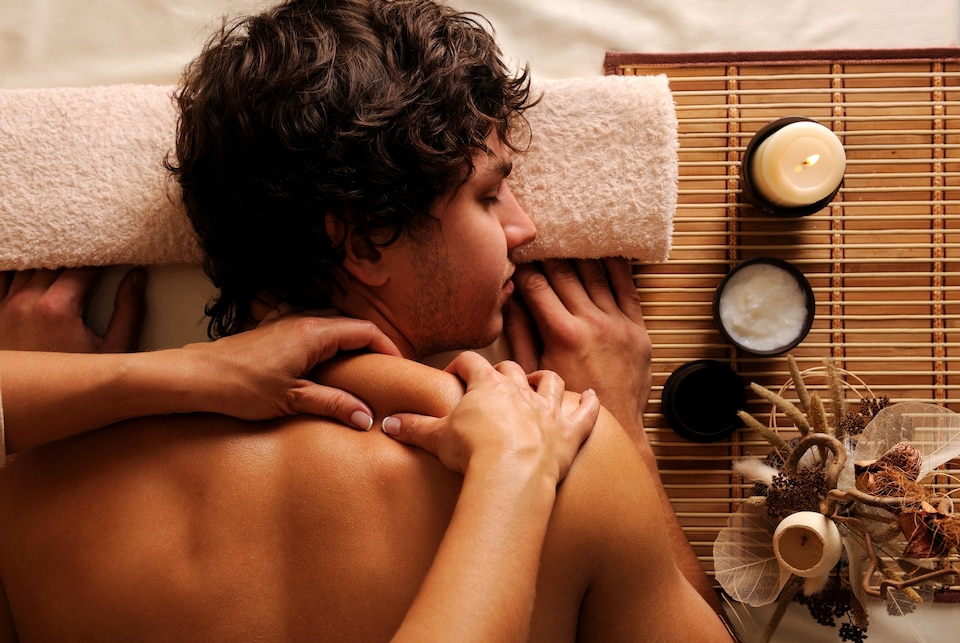Osteoarthritis of the knee joint is a degenerative joint disease. It is the most common form of arthritis and can impact any joint in the body, including the knee joint. Osteoarthritis of the knee joint is a chronic condition that causes pain, stiffness, and decreased mobility. While modern medicine offers various treatments for osteoarthritis, many individuals seek alternative therapies. Ayurveda, the traditional medicine in India, offers effective Osteoarthritis knee joint treatment. Ayurveda offers several remedies that promote the wellness of osteoarthritis patients.

Symptoms of Osteoarthritis
The knee joint is a common site affected by osteoarthritis. The symptoms can vary in severity, depending on the stage of the disease. Here are some of the most ordinary symptoms associated with arthritis in the knee joint:
Pain
The most common symptom of osteoarthritis in the knee joint is pain. The pain in the front, back, or sides of the knee, and may be worse after physical activity. The pain may also be more severe during certain times of the day, such as in the morning or after prolonged sitting or standing. In some cases, pain accompanies by a feeling of stiffness or a sensation of “locking up” in the joint.
Swelling and Tenderness
Swelling and kindness in the knee joint may also occur. The joint may feel heat to the touch and may be swollen. The tenderness may be felt around the joint and may be particularly noticeable when pressure is applied to the affected area. This swelling and tenderness can make it difficult to walk or bear weight on the affected knee.
Limited Mobility
Limited mobility is another common symptom of osteoarthritis in the knee joint. The joint may feel stiff, making it difficult to fully bend or straighten the knee. This can make it challenging to perform everyday activities, such as climbing stairs or getting in and out of a car. As the condition progresses, the mobility of the joint may become even more limited, making it more difficult to perform even basic movements
Joint Deformity
In severe cases of osteoarthritis, the joint may become deformed, causing a noticeable change in the appearance of the knee. This can be distressing for individuals who experience chronic pain and limited mobility as a result of the disease. The joint may also make creaking or popping sounds when moved, further complicating the condition.
It is important to note that the symptoms of osteoarthritis in the knee joint can vary depending on the individual and the stage of the disease. If you are undergoing any of these symptoms, it is significant to identify the best course of treatment for your individual needs. Early detection and treatment of osteoarthritis can manage the symptoms and prevent further damage to the joint.
Who is affected?
Osteoarthritis of the knee joint is most seen in older adults, as the wear and tear on the joints accumulate over time. However, it can also affect younger people who have experienced joint injuries or who have a family history of the disease. Obesity is also a significant risk factor for developing osteoarthritis, as the excess weight adds more stress to the knee joint.
What are the causes of osteoarthritis?
Understanding the causes of osteoarthritis is essential to developing effective treatment and prevention strategies. Here are some of the usual causes of Osteoarthritis
Age : As people age, the risk of developing osteoarthritis increases. This is because wear and tear on the joints over time can cause damage to the cartilage, leading to degeneration and the development of osteoarthritis.
Obesity : Being overweight or obese can also increase the risk of developing osteoarthritis, especially in the knees and hips. This is because excess weight puts additional stress on the joints, causing increased wear and tear and damage to the cartilage

Injury or Overuse : Injury or overuse of a joint can also increase the risk of developing osteoarthritis. This can include injuries such as fractures, ligament tears, or dislocations, as well as repetitive motions or activities that put additional stress on the joint
Genetics : Evidence proposes that genetics may play a role in the development of osteoarthritis. Certain genetic mutations or variations may make an individual more susceptible to developing the condition, especially if they have a family history of osteoarthritis
Other Medical Conditions : Certain medical conditions can also increase the risk of developing osteoarthritis. These can include metabolic disorders such as diabetes or gout, autoimmune disorders such as rheumatoid arthritis, or other joint conditions such as septic arthritis.
Treatment of Osteoarthritis
Ayurveda, offers several treatments for osteoarthritis knee joint that focus on reducing pain, inflammation, and stiffness in the knee joints.
Here are some common ayurvedic treatments for osteoarthritis:
Panchakarma Therapy – It included a series of therapies aimed at whole-body detoxification that included oil massages, steam therapy, and herbal enemas. Panchakarma therapy can help reduce inflammation and pain in the joints and improve mobility.
Herbal Remedies – Ayurveda offers a wide range of herbal remedies that can be used to manage osteoarthritis symptoms. These include Ginger, Turmeric, Boswellia, and Ashwagandha, among others. These herbs have anti-inflammatory and analgesic properties that can help diminish pain and inflammation in the joints.
Yoga and Exercise – Regular exercise and yoga can help improve joint flexibility and reduce stiffness in the affected joints. Low-impact exercises like swimming and cycling are particularly effective for individuals with osteoarthritis.
Diet and Lifestyle Changes – Ayurveda also emphasizes the importance of a healthy diet and lifestyle for osteoarthritis knee treatment. A diet rich in fruits, herb, and whole grains, and low in processed foods and sugar, can help reduce inflammation in the body. Lifestyle changes like maintaining a healthy weight, avoiding smoking and alcohol, and getting adequate sleep can also help improve joint health.
Ayurvedic Massage – Ayurvedic massage, known as Abhyanga, involves the use of warm herbal oils to massage the affected joints. This can help reduce pain and stiffness and improve joint mobility.

How Ayurveda manages Osteoarthritis?
Ayurveda offers a holistic approach to osteoarthritis knee treatment, that involves natural remedies, lifestyle changes, and therapies. Ayurvedic treatments aim to reduce pain and inflammation in the joints, improve mobility, and promote overall health and wellness. However, it is important to seek guidance from a qualified Ayurvedic practitioner to determine the best course of treatment based on individual needs and medical history. By adopting an Ayurvedic approach to managing osteoarthritis, individuals can take a proactive role in their own health and well-being, and potentially reduce their reliance on medications and invasive procedures.
Leave a Reply